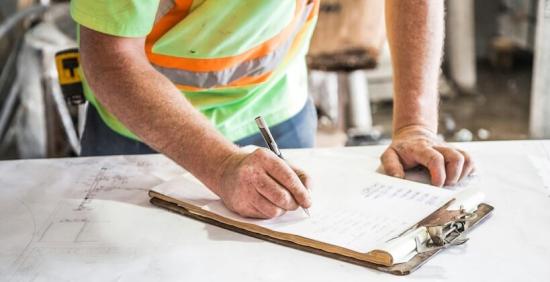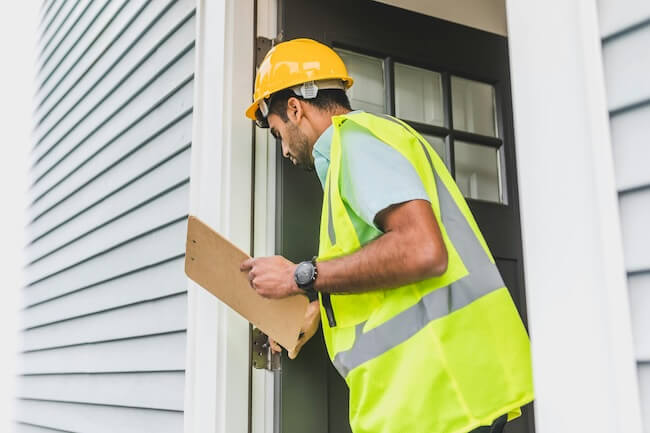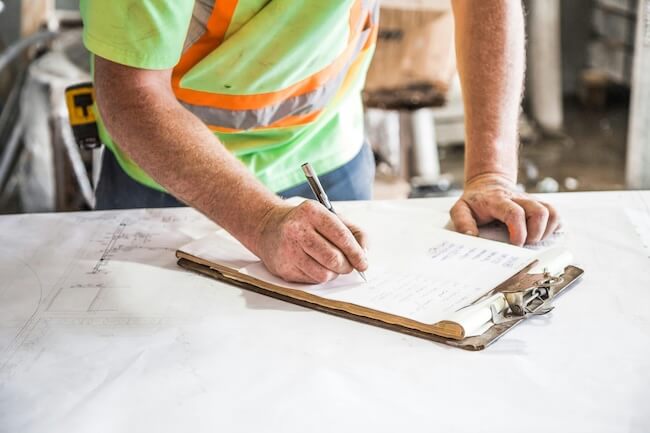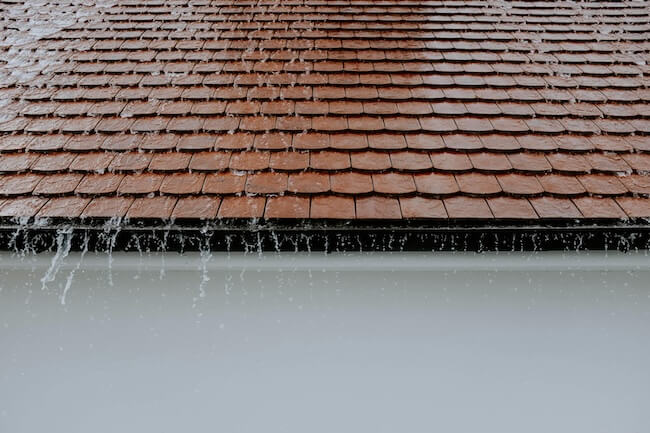Help & Advice Articles, Videos and How-to-Guides
Filter Articles

Damp survey next steps: what you need to know
You’ve found the perfect home, commissioned a survey, and the results have just come through - there’s a damp problem. Are the results making your head spin? Are you losing sleep over the potential issues that have been flagged? Don’t panic. We’re here to help you understand your survey and make sense of the results.
Damp can be identified in a range of surveys, including Level 1 (L1), Level 2 (L2) or Level 3 (L3) homebuyer surveys, with more detail given in specific damp surveys. This article is tailored towards damp surveys, but our advice is relevant regardless of where damp was flagged.
What is a damp survey?
A damp survey is an inspection by a qualified surveyor to identify and assess damp in a property. It gives a clear picture of the extent and level of damp problems in the property. It normally comes after a homebuyer's survey that has flagged damp in some capacity and can be requested by the mortgage provider. You can also book this yourself if you have concerns, perhaps after noticing signs of damp when visiting the property.

Who pays for a damp survey?
It’s normally the buyer that pays for a damp survey, although this isn’t always the case. If the property has evidence of damp that hasn’t been disclosed, it can sometimes be negotiated that the seller pays. Equally, if costly issues are identified, these can be used as a negotiation tool - but more on this later.
How much does a damp survey cost?
The price of a damp survey varies depending on the size of the property and where it’s located. Generally, London and the southeast will be the most expensive locations, and you’ll pay more for a larger house.
For a small flat, you can normally expect to pay around £200. For a larger detached house, you can expect to pay around £600. Some firms do offer free damp surveys, however, these are normally damp proofing companies who will benefit from any work undertaken, so approach these with caution. We look at this in more detail later.
What happens in a damp survey?
The survey will be carried out by a qualified surveyor who will arrange a time to visit the property. They will normally ask the owner of the house questions about the property, any issues they’ve noticed, their extent and how long they’ve been present. They will then take a comprehensive look at the property. This will generally involve:
- A visual inspection of the inside and outside of the property
- An inspection of roofs and chimneys, gutters and downpipes from the outside of the building
- Using a damp meter to take readings from around the property at several locations
How long does a damp survey take?
A damp survey will take longer in a larger property, but the physical inspection will normally take somewhere between 2-4 hours. The entire process, including writing up and sending the report, can take a few days.
What does a completed damp survey look like?
After the damp survey has been completed, you’ll receive a report. This contains the results as well as some contextual information. This normally includes:
- A description of the property that’s been inspected
- An outline of what was done during the survey
- Any mitigating factors, e.g. weather conditions or areas/parts of the property they couldn’t access
- A list of damp issues that were identified and how critical they are
- Advice for how these issues can be resolved

How to interpret the results
The results are generally laid out in a table. These are normally divided into areas of high, medium and low priority. High-priority issues need urgent attention. Medium-priority issues need to be repaired or replaced but aren’t urgent. Low-priority issues don’t necessarily need to be fixed, but it would be beneficial in the long term.
The report should be easy to interpret, with the most serious issues being clearly labelled. But if you see high-priority issues, is it time to think about another property or panic about costs?
What to do after your damp survey?
You need to go into the buying process with a clear understanding of the issues that might be present, their severity and the potential cost of repair. You can then factor these into your budget and negotiations with the seller. Here’s what to consider after your damp survey.
Context is important
You have the results on a sheet of paper in front of you, but what do they mean?
The first thing to consider is the type of survey and who conducted it. As we mentioned above, free surveys are sometimes offered - normally by damp proofing firms. We’re not suggesting that these aren’t to be trusted, but it’s worth bearing in mind that their incentive is the repair work they identify.
You should always ensure that the surveyor is suitably qualified. A good sign is if they’re certified as a Certificated Surveyor of Timber and Dampness in Buildings (CSTDB) or a Certificated Surveyor of Dampness in Buildings (CSDB).
You can also ask the surveyor for more context, e.g. the conditions surrounding the survey, if there were areas they couldn’t access and how comprehensive it was.
However, you shouldn’t make the mistake of assuming that some of these issues are overblown or that surveyors exaggerate the severity of certain issues. While it’s possible for this to happen, you should take the advice seriously, provided they are qualified and unbiased - especially as your mortgage agreement might be reliant on these issues being fixed.
Use it to your advantage
While no one wants to have issues with their new home, there is a silver lining. Any problems identified can be used as a negotiation tool with the seller. While any money off is likely to only cover the cost of rectifying these issues, it can mean you avoid being out of pocket after moving in. However, there is no guarantee that the seller will agree to lower the price. They may state that any issues have been accounted for in the price of the property.
Dealing with the problems
As we explained in the section on interpreting the results, any issues will normally be laid out according to their priority. Surveys will often have an estimated price for the repair cost, and work may be able to be arranged through the company that conducted the survey. Alternatively, some repairs may be possible yourself or through a contractor who may be able to offer a more competitive price.
Below, we’ve grouped together some common forms of damp that might be identified in a survey and what you can do to fix them.
Rising damp
Rising damp is a relatively rare form of damp, but if it’s identified in a damp survey, it’s important to fix it.
It occurs when water from the ground travels up through the walls of a building via capillary action. To prevent this, most buildings will have had a damp proof course (DPC) installed. This acts as a barrier to moisture. Older properties might not have had a DPC installed. They can also fail over time or be bridged.
Fortunately, solutions are available. The cheapest and most effective way is to use a damp proofing injection cream that can be injected into the mortar course.
Read our comprehensive guide to treating rising damp for more information.
Penetrating damp
Penetrating damp is damp that’s finding its way into your home from outside. This can happen in several different ways, either through an issue with the building’s structure like cracks, broken gutters or defective plumbing. It can also be caused by driving rain or damp weather.
How to fix it depends on what’s causing the problem. Any underlying issues need to be sorted; you can then apply a water repellent treatment that will prevent rainwater and moisture from entering your property.

We take a look at treating penetrating damp in our guide.
Mould and condensation
Identifying whether mould and condensation are the result of an issue with the building or the occupant’s behaviour can be difficult to determine on a survey visit. Evidence of black mould can point to a more serious problem and be a symptom of the types of damp above.
We have guides explaining how to deal with and prevent black mould and eradicate condensation so you can ensure your new home is comfortable and healthy to live in.
Permagard - damp proofing experts
If you’re looking to tackle damp problems in your home, we can supply you with everything you need to fix most damp issues. From rising damp to black mould, our products have been tried and tested to ensure an effective long-term solution. Browse our damp proofing range or get in touch with us by calling 0117 982 3282 or emailing [email protected] for advice and information.
